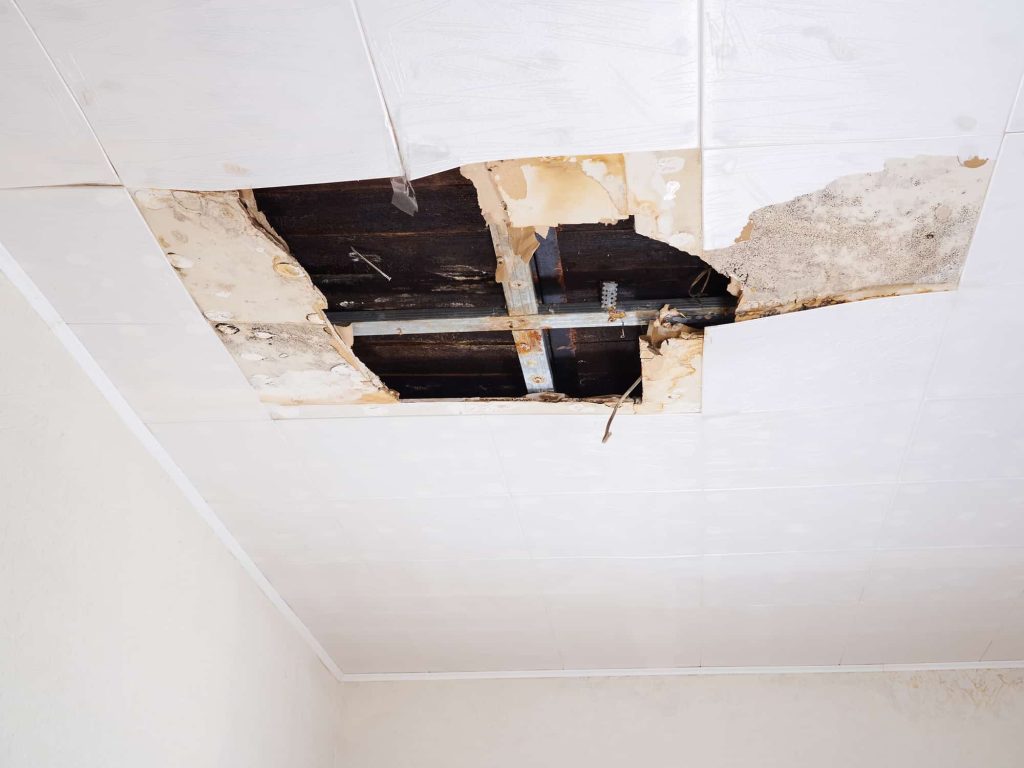
Water damage repair costs can be incredibly expensive, especially if not dealt with promptly after a flood, leak, or another form of water intrusion. Control of such costs is possible, however, through careful planning, budgeting, and cost-saving measures. This article looks at how to maximize cost efficiency when it comes to repairing water damage and controlling repair costs.
Develop a Comprehensive Repair Plan
The first step to controlling the water damage restoration cost is to develop a comprehensive plan. This plan should include an assessment of the damage, the estimated costs of restoration and repairs, the estimated time frame for repairs and restoration, the scope of work to be done, and the people responsible for completing the work. Once the plan is in place, all parties involved in the repairs will have a clear understanding of the tasks at hand which will help to keep costs under control.
Budget Carefully
One of the most important steps to controlling costs during property restoration is to create a budget and stick to it. It is best to be realistic in estimating per square foot, taking into account the items that need to be replaced, the materials needed, and labor costs. For example, mold remediation will require specific precautions that must be taken when preparing materials and performing the labor; this should all be factored into the per-square-foot total. By planning and budgeting realistically, it is possible to stay within the projected costs while still ensuring a quality restoration.
Utilize Cost-Saving Processors
Controlling costs is essential for completing any project on time and within budget. This doesn’t mean skimping on quality though – there are clever cost-saving processes that can still guarantee high-quality results. Investing in certified companies and materials, taking advantage of installation techniques that bring you savings without compromising mold growth or health risks, and choosing experienced contractors and reliable suppliers can all help you to keep costs down without affecting the level of quality your project offers.
Reduce Labor Costs
When water damage occurs, it is often accompanied by expensive costs due to the labor required to ensure a thorough rehabilitation. That is why it is integral to think outside the box and come up with ways to reduce water damage restoration costs wherever possible. Consider using easy-to-install materials, while also cutting down on the time needed for repairs. This way, more of the budget can be allocated toward other structural damages instead of labor costs alone. By reducing the amount of money spent on water damage repairs due to labor, homeowners have a better chance of restoring their homes to their pre-damaged condition with plenty of resources still intact.
Seek Reimbursement
Seeking reimbursement for water damage repairs may sound like a difficult process, especially in the face of water damage restoration companies chomping at the bit to finish their repairs quickly and move on to the next job. However, that doesn’t have to be the case!
Depending on the extensiveness of water damage or any associated structural damage caused by water, there may be options available including insurance policies, local government assistance programs, and community organizations. Taking the time to research potential opportunities can save a great deal of money in water damage restoration costs – it is worth doing a bit of digging into this area before beginning water repair projects.
Utilize Rentals
Renting a machine or item to complete restoration or repair projects can be a cost-effective way to handle these tasks. Not only does this approach save money, but it is usually more advantageous than purchasing the item outright as it removes the need to store them afterward.
This strategy can be particularly beneficial for emergency restoration needs such as burst pipes or unexpected repairs caused by weather conditions. Renting ensures that necessary restoration processes can be undertaken swiftly and efficiently, reducing stress levels while still protecting your pocketbook in the long run. Overall, this approach could be highly beneficial in countless situations.
Consider Used Materials
When it’s time to repair water-damaged drywall or fix a leaky roof, don’t assume you have to purchase all new materials. Purchasing used repair materials can save you a considerable amount of money. However, it is vital to take some time and do your research before deciding where to buy the materials. Quality used materials are out there, but if you’re not careful about where you shop, you could end up with repair items that have defects or lack longevity. Don’t let budget constraints put your repair job at risk; with a little bit of time and patience, you can find the used repair materials needed for a safe and successful repair project.
Reuse Wherever Possible
Reusing existing materials whenever possible is an effective way to try and keep repair costs under control. This could include salvaging wood, appliances, pipes, and other materials that are still in good condition, as well as using existing drywall. The more materials that can be reused, the less money will need to be spent on new materials for repairs.
Leverage Technology
Technology has greatly improved repair costs when it comes to tackling tough jobs like fixing water damage or repairing a hole in the ceiling. With online tools and mobile applications available, transportation expenses can be significantly reduced as well as the number of materials needed for the job. What’s more, the labor associated with repairs is minimized, creating a much smoother repair process that helps to keep costs down. Moreover, with these technological advances making information readily available to everyone, small businesses now have access to many resources they did not have before, allowing them to become more efficient while keeping repair costs under control.
Invest in Prevention
Taking preventative measures to keep repair costs low is a wise action that pays off in the long run. For washing machines, replacing a worn-out hose or investing in an overflow shut-off device can save you from having to repair or replace them later on – not only do these devices protect your washing machine from chemical or fecal matter flooding your home, but they also safeguard against more expensive repairs in the future. By riding yourself of potential risks and investing in simple solutions, you can save yourself from paying for costly repairs down the road.
Shop Around
Another way to control costs is to shop around when it comes to contractors, materials, and supplies. Take the time to research local companies, compare prices, and look for sales or discounts that may be available.
Final Thoughts
Water damage repair costs can add up quickly if not managed properly, but with careful planning, budgeting, and cost-saving measures, it is possible to control these costs. Developing a comprehensive repair plan, budgeting carefully, and utilizing cost-saving measures such as rentals and used materials can help to keep repair costs to a minimum. Seeking reimbursement and leveraging technology can also be beneficial and investing in prevention can reduce the chances of dealing with major repair costs in the future. Take the time to explore all of the options available to help control water damage repair costs.










